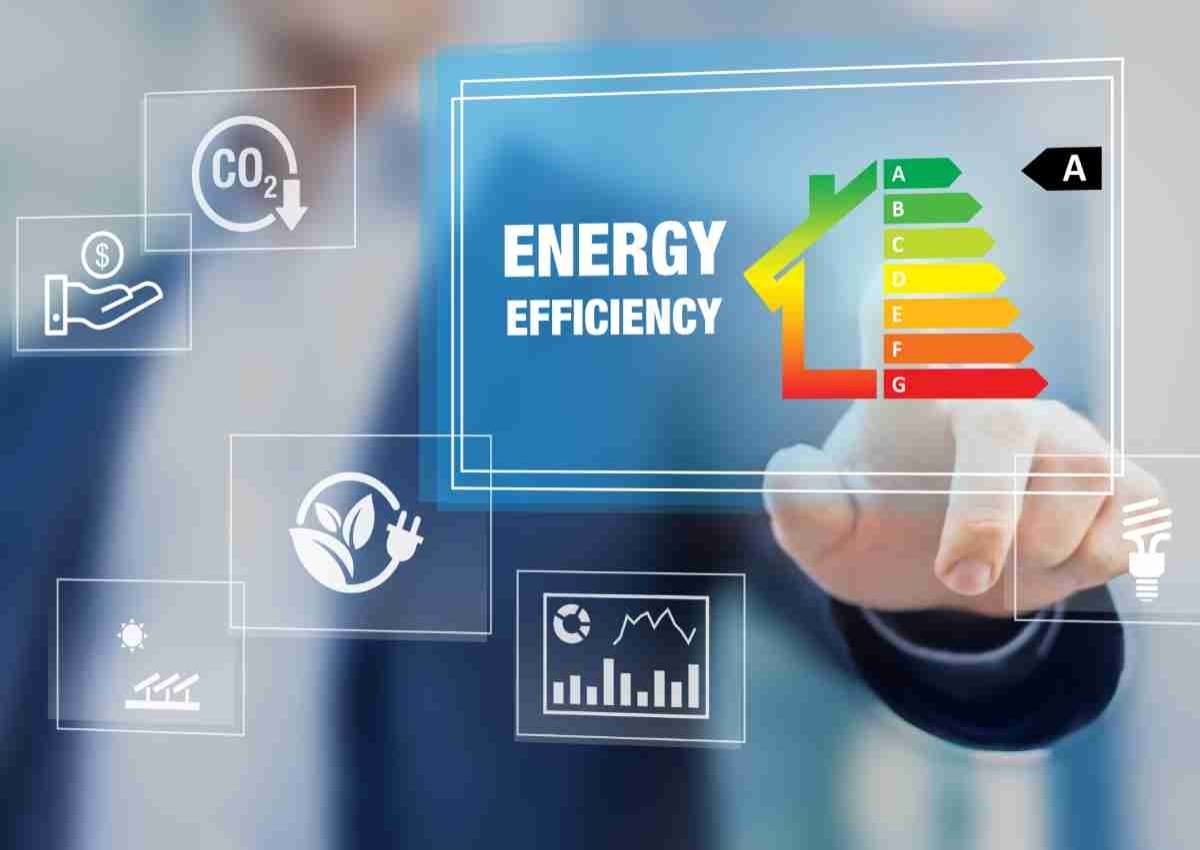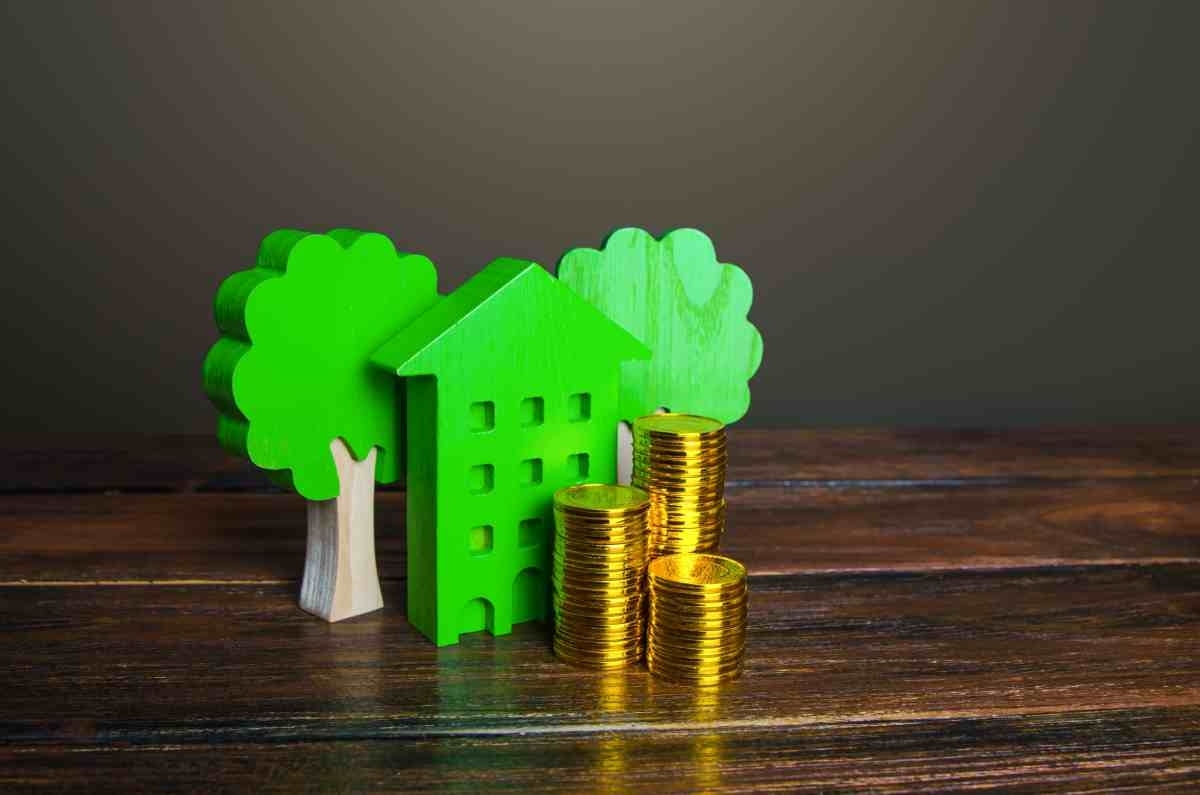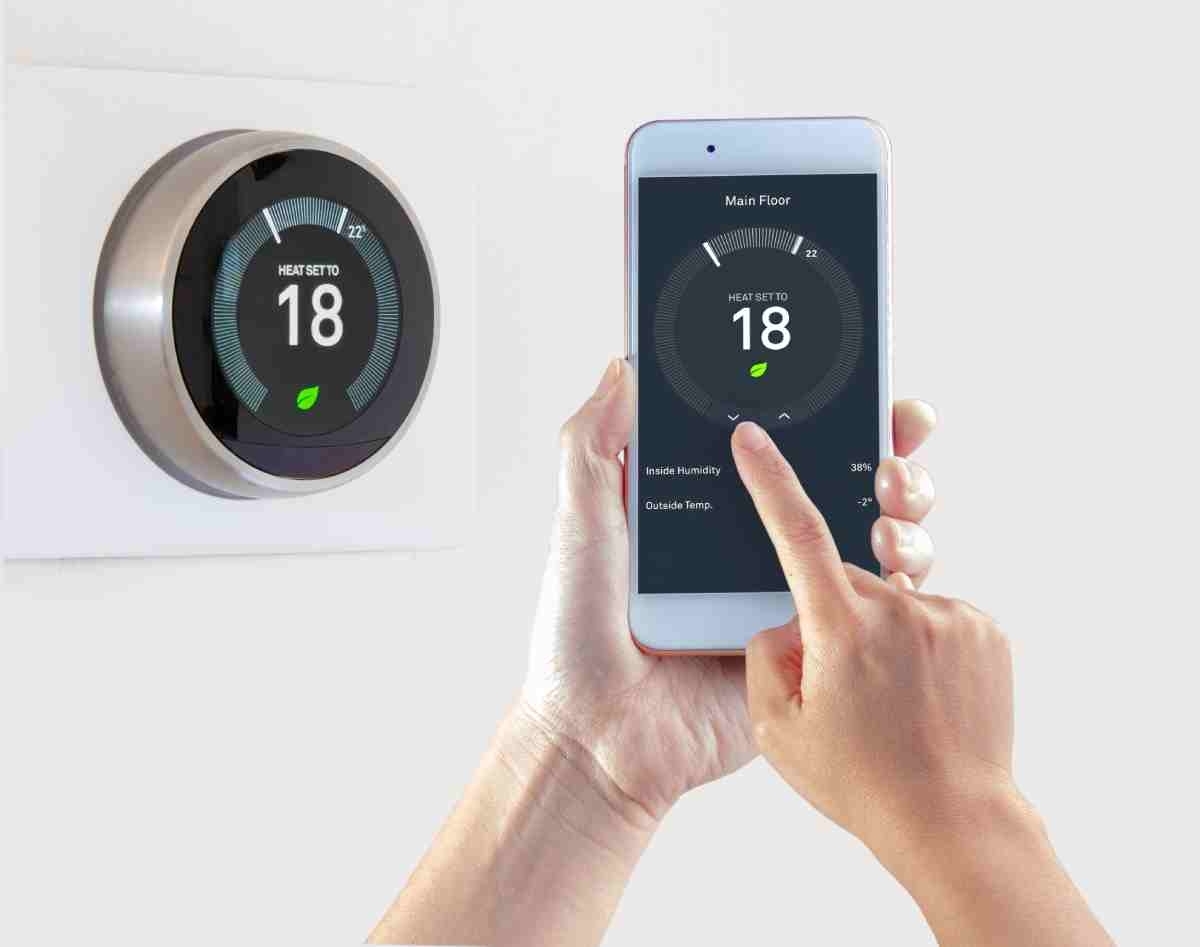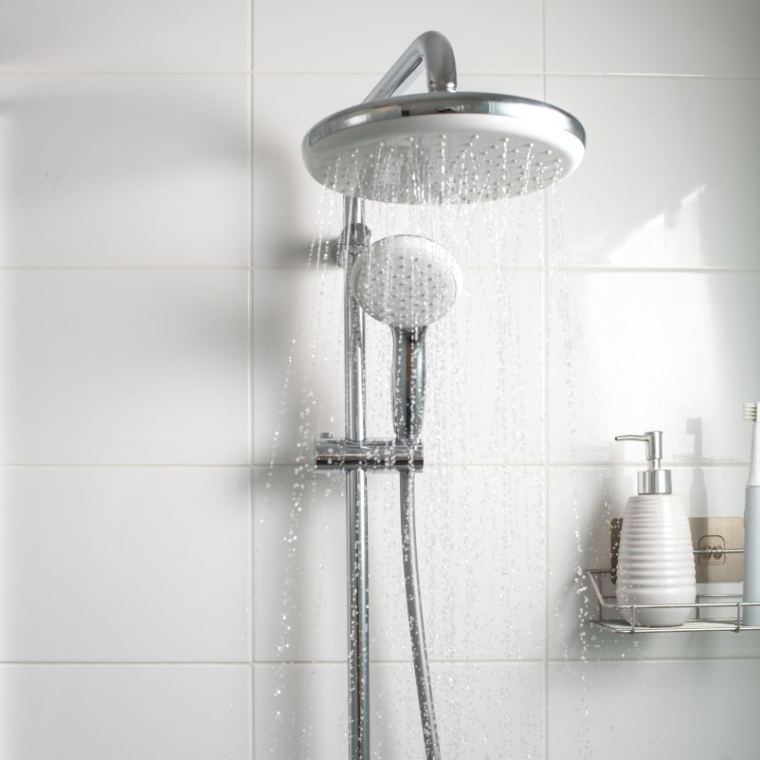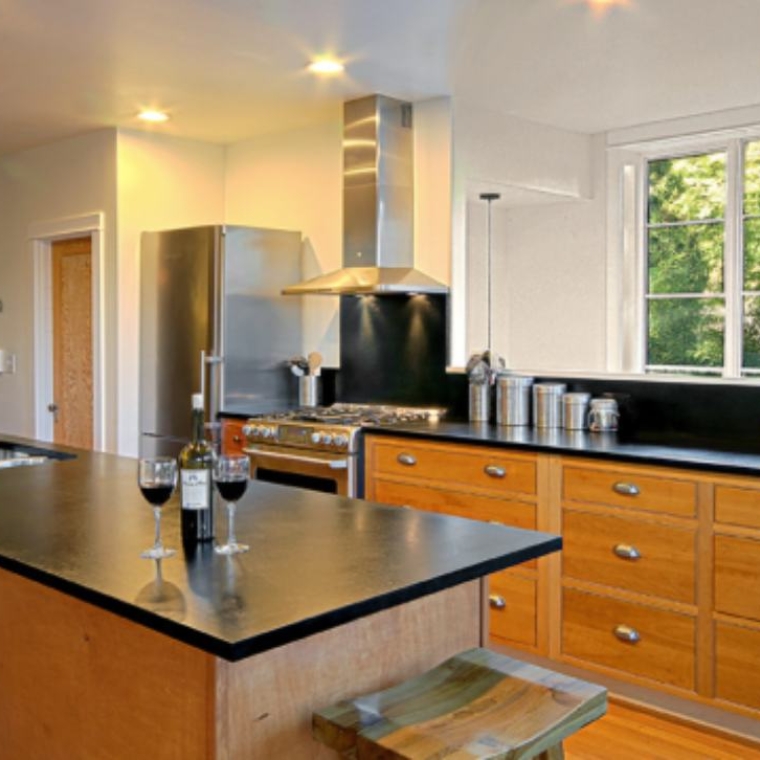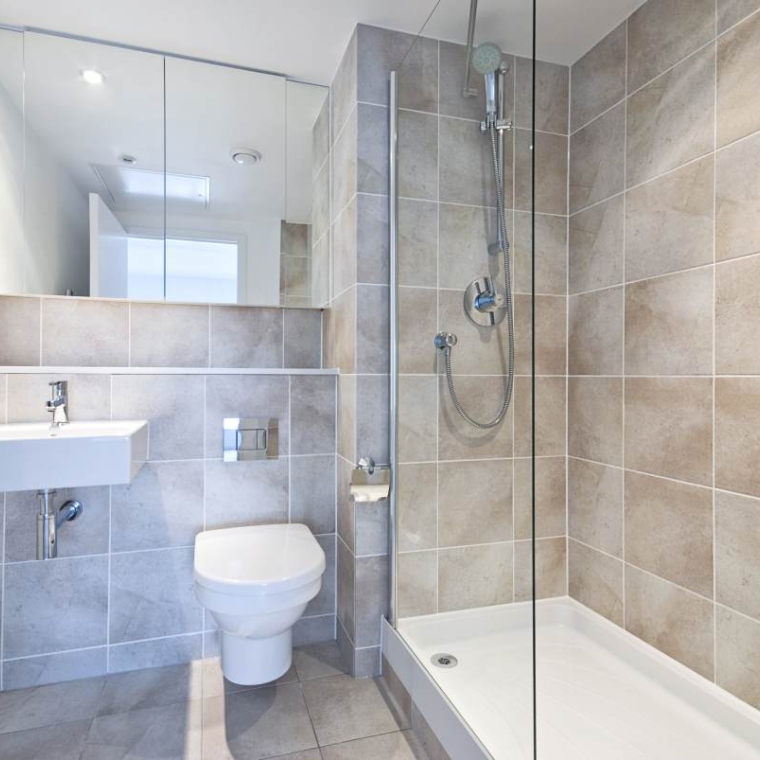Eco-friendly home
Eco-Friendly Home: Simple Sustainable Renovations
In recent years, there has been a growing awareness of the need to adopt sustainable living practices in our homes.
With the rise of environmental concerns and the importance of reducing our carbon footprint (we recommend giving a look at the EPA website for more insights into this topic), it is crucial to take steps towards making our homes more eco-friendly.
Not only does this help protect the environment, but it also provides several health and financial benefits for homeowners.
In this article, we will explore practical ways to transform your home into an eco-friendly haven through sustainable renovations and simple home improvements.
MyGreenHome recognizes the significance of creating a sustainable living environment. Its purpose is to educate and inspire homeowners, empowering them to make environmentally conscious choices in their homes.
If you want to have a role in making our planet a better place for us and generations to come, browse through our articles to find the right eco-friendly home improvement for your home.
Do not forget to subscribe to our newsletter if you're interested in receiving regular updates, tips, and information about eco-friendly home improvement and sustainable living and amazing discounts for your next home project.
Understanding the Importance of an Eco-Friendly Home
Before delving into the actionable steps to make your home eco-friendlier, it is essential to understand why it is so important. There are several benefits to having a sustainable home, including environmental, health, and financial benefits.
Making your home more eco-friendly can significantly reduce your environmental impact. For instance, by using renewable energy sources such as solar panels, you can help reduce reliance on non-renewable energy sources such as fossil fuels.
This, in turn, helps to reduce greenhouse gas emissions and slows down climate change. Sustainable homes also utilize water-saving fixtures to conserve water resources and minimize the amount of waste sent to landfills through proper recycling and composting practices.
By reducing the amount of waste sent to landfills, you are helping to reduce the environmental impact of waste disposal and helping to preserve natural resources.
Eco-friendly homes can also have significant health benefits for occupants. Improved indoor air quality due to the use of non-toxic, natural cleaners and ventilation systems results in a more comfortable and healthier living environment.
This is especially important for people who suffer from allergies or respiratory problems. Additionally, sustainable homes also tend to be more energy-efficient, which can help reduce emissions, leading to cleaner air and a healthier home.
By reducing your exposure to harmful chemicals and pollutants, you can improve your overall health and well-being.
Making your home more eco-friendly can also lead to significant financial savings. The use of energy-efficient appliances, for example, can help reduce overall energy usage resulting in lower utility bills.
Additionally, utilizing sustainable building materials such as insulation, roofing materials, and flooring can have a direct impact on home energy efficiency, leading to further savings. By reducing your energy consumption, you can save money on your utility bills and reduce your overall carbon footprint.
Overall, there are many reasons why having an eco-friendly home is important. By reducing your environmental impact, improving your health, and saving money, you can create a more sustainable and comfortable living environment for yourself and your family. So, take the necessary steps to make your home more eco-friendly today!
Assessing Your Home's Current Eco-Friendliness
Before embarking on sustainable renovations or simple home improvements, it is essential to determine your home's current eco-friendliness level. This allows you to identify areas that require improvement and select the most appropriate solutions.
However, assessing your home's eco-friendliness level requires more than just a checklist of energy-efficient appliances and water-saving fixtures. It involves a holistic evaluation of your home's energy usage, water consumption, and waste management practices.
An energy efficiency audit is a comprehensive assessment of your home's energy usage. It involves a thorough examination of your home's insulation, heating and cooling systems, appliances, and lighting.
The audit provides a roadmap for improving your home's overall energy efficiency, including upgrading to energy-efficient appliances, sealing air leaks, and installing efficient lighting. Additionally, an energy efficiency audit can help you identify areas where renewable energy sources such as solar panels can be installed to further reduce your home's carbon footprint.
Evaluating your water usage is an important step in determining how to make your home more sustainable. While low-flow showerheads, toilets, and faucets are effective water-saving fixtures, there are other ways to reduce water consumption.
For example, incorporating rainwater harvesting systems can help reduce your water bills. Additionally, landscaping with native plants that require less water can significantly reduce outdoor water usage.
A waste management analysis involves assessing your home's current waste disposal practices, including recycling and composting. This evaluation identifies areas for improvement and provides solutions such as curbside recycling and creating a home composting system.
However, waste reduction goes beyond just recycling and composting. It involves reducing waste at the source by purchasing products with minimal packaging and opting for reusable items such as cloth napkins and shopping bags.
By conducting a comprehensive assessment of your home's eco-friendliness level, you can identify areas for improvement and select the most appropriate solutions. Additionally, implementing sustainable practices in your home not only benefits the environment but can also save you money on utility bills in the long run.
Sustainable Renovations for an Eco-Friendly Home
Renovating your home can be an exciting and rewarding experience, especially when you choose to make sustainable improvements that benefit both the environment and your wallet.
By upgrading to energy-efficient appliances, installing solar panels, improving insulation and windows, and using sustainable building materials, you can significantly reduce your carbon footprint and create a more eco-friendly home.
One of the most popular and effective sustainable renovations is installing solar panels. Solar panels use energy from the sun to power your home, reducing the need for non-renewable energy sources and lowering your electricity bills. In addition to saving money, installing solar panels can also increase the value of your home.
But their benefits do not end here: read our article on Solar Energy for a full overview.
Plus, you'll feel good knowing that you're contributing to a cleaner environment and reducing your carbon footprint.
Learn more about the sustainability of solar panels.
When considering installing solar panels, it's important to choose a reputable installer who can help you determine the best location and size for your panels. You'll also need to consider factors such as local regulations, shading, and orientation to ensure that your panels are as efficient as possible.
MyGreenHome takes pride in its team of skilled installers who possess the expertise and knowledge required for this job. With their guidance, you can be confident in making informed decisions and achieving optimal results for your solar panel installation.
Another effective way to make your home more eco-friendly is by upgrading to energy-efficient appliances.
Appliances that are ENERGY STAR certified use less energy than their non-certified counterparts, which can lead to significant savings on your utility bills. In addition to being more energy-efficient, many modern appliances also come with features such as smart technology and water-saving options.
When choosing new appliances, it's important to consider your specific needs and usage patterns. For example, if you do a lot of cooking, a high-efficiency stove and oven may be a good investment. On the other hand, if you have a large family, a high-capacity washing machine may be more important.
Proper insulation and windows can significantly reduce your energy consumption and create a more comfortable living environment. Good insulation helps to regulate indoor temperatures, keeping your home warm in the winter and cool in the summer. This can lead to lower heating and cooling bills, as well as a reduced carbon footprint.
Replacing old windows with energy-efficient ones can also help to improve your home's insulation and reduce energy usage. Energy-efficient windows are designed to prevent heat transfer, keeping your home comfortable year-round. Additionally, they can help to reduce outside noise and protect your furniture and belongings from sun damage.
Check out our article on window replacement and get in touch with one of our contractors for a free quote with no obligation!
When renovating your home, it's important to consider sustainable flooring and building materials. Sustainable materials are environmentally friendly, renewable, and often more durable than traditional materials.
For example, bamboo and cork flooring are both sustainable options that are known for their durability and natural beauty. Additionally, using reclaimed or salvaged materials such as wood can help to minimize waste and reduce your environmental impact.
When choosing sustainable materials, it's important to consider factors such as durability, maintenance, and cost. While sustainable materials may be more expensive upfront, they often have a longer lifespan and can lead to significant savings in the long run.
If you want to know more about sustainable building practices – and in particular sustainable building materials – take a look at the Green Building Council website.
By making sustainable renovations to your home, you can create a more eco-friendly living space that benefits both you and the environment. Whether you choose to install solar panels, upgrade to energy-efficient appliances, improve insulation and windows, or use sustainable building materials, every small step counts towards a greener future.
Simple Improvements for a Greener Home
For those looking to make smaller eco-friendly improvements, there are simpler solutions that can still have a significant impact. These include implementing energy-saving habits and introducing sustainable products into your home.
Replacing traditional incandescent bulbs with LED lights is an effective way of reducing energy consumption. LED lights use significantly less energy, have a longer lifespan, and do not emit harmful chemicals. Additionally, they produce less heat, resulting in a cooler indoor environment.
LED lights come in a variety of colors and can be used for a variety of purposes. They can be used to highlight artwork or create a cozy ambiance in your home. Furthermore, LED lights are available in different shapes and sizes, making them perfect for any room in your home.
A smart thermostat is an effective way of regulating your home's temperature, even when you are away. The thermostat can be programmed to lower or raise the temperature to reduce energy usage and save you money on your energy bills.
Smart thermostats are easy to install and can be controlled using a smartphone app. This means that you can adjust the temperature of your home from anywhere, at any time. Some smart thermostats even come with additional features, such as voice control and the ability to learn your heating and cooling preferences.
Water-saving fixtures and appliances can significantly reduce water consumption in your home. These include low-flow showerheads, toilets, and faucets, which use less water than traditional fixtures without compromising function. Low-flow showerheads are designed to provide a high-pressure shower experience while using less water. They can save up to 2,700 gallons of water per year for a family of four. Additionally, low-flow toilets use only 1.6 gallons of water per flush, compared to the 3.5 gallons used by traditional toilets.
Composting provides a sustainable solution for waste management in your home. By creating a composting system, you can reduce the amount of waste that ends up in landfills while producing nutrient-rich soil for your garden.
Composting is easy to do and requires very little space. All you need is a compost bin, which can be purchased at most garden centers or online. Composting not only reduces waste but also helps to improve soil quality and reduce the need for chemical fertilizers.
In conclusion, implementing these simple eco-friendly home projects can have a significant impact on the environment and your wallet. By switching to LED lighting, implementing a smart thermostat, using water-saving fixtures and appliances, and creating a home composting system, you can reduce your carbon footprint and live a more sustainable lifestyle.
Landscaping and Outdoor Eco-Friendly Solutions
Creating an eco-friendly outdoor space not only benefits the environment, but also provides a beautiful and sustainable area for you to enjoy. There are several ways to make your outdoor space more eco-friendly, including making changes to your landscaping and water usage.
One of the most effective ways to reduce water consumption in your garden is to plant a drought-tolerant garden.
Drought-tolerant gardens use plants that require less water than traditional gardens, making them an excellent option for those living in dry regions. These gardens are not only sustainable, but they also require less maintenance, making them a practical and cost-effective option.
When selecting plants for your drought-tolerant garden, it is essential to choose plants that are native to your region. These plants are better adapted to the local climate and require less water than non-native plants.
Another way to reduce your water consumption and make your outdoor space more eco-friendly is to install a rainwater collection system. Collecting rainwater is an excellent way to utilize a sustainable source of irrigation for your garden while reducing your water bills.
There are several types of rainwater collection systems available, including rain barrels and cisterns. Rain barrels are a simple and affordable option for collecting rainwater. They are typically placed under downspouts and can collect rainwater from the roof of your home.
Cisterns, on the other hand, are larger and can hold a more significant amount of rainwater. They are typically installed underground and can be used to irrigate larger gardens and landscapes.
Introducing habitats for wildlife such as birds, butterflies, and bees can help maintain biodiversity in your garden. Additionally, it allows you to enjoy the beauty of nature and contributes to a sustainable ecosystem.
One way to create a wildlife-friendly habitat is to plant native plants that provide food and shelter for local wildlife. For example, planting milkweed can attract monarch butterflies, while planting sunflowers can attract birds.
Another way to create a wildlife-friendly habitat is to install bird feeders and birdhouses. These provide a source of food and shelter for birds, helping to maintain the local bird population.
By making small changes to your outdoor space, such as planting a drought-tolerant garden, installing a rainwater collection system, and creating a wildlife-friendly habitat, you can make a significant impact on the environment while creating a beautiful and sustainable outdoor space for you to enjoy.
Maintaining Your Eco-Friendly Home
Maintaining an eco-friendly home requires a commitment to sustainable living practices.
By adopting these practices, you can help reduce your carbon footprint and contribute to a healthier planet for future generations.
Periodically assessing your home's energy consumption is an essential step in maintaining your home's sustainability. By conducting regular energy audits, you can identify areas requiring improvement and maintain your home's energy efficiency.
Regular audits enable you to track your energy consumption trends, detect inefficiencies, and facilitate continued sustainability. It's important to remember that even small changes can make a big difference in reducing your home's energy consumption.
During an energy audit, you can identify areas where you can make changes, such as upgrading to energy-efficient appliances or installing a smart thermostat. You can also identify areas where you may be wasting energy, such as leaving lights on in empty rooms or running appliances on standby mode.
By making these changes, you can reduce your energy consumption and save money on your utility bills.
Keeping up with current green living trends and practices is essential to maintaining your home's eco-friendliness. Staying informed on topics such as organic gardening, sustainable building materials, and energy conservation helps you make informed decisions about your home.
By staying up to date on the latest trends, you can continue making sustainable changes in your home. MyGreenHome is here to empower you to make informed decisions about your home. Subscribe to our newsletter to stay at the forefront of current green living trends and practices.
An essential aspect of maintaining an eco-friendly home is encouraging sustainable habits among family members. Creating awareness of eco-friendliness among all members of the household ensures that everyone is contributing to a sustainable home.
Simple changes, such as turning off lights when leaving a room or taking shorter showers, can make a big difference in reducing your home's environmental impact.
You could also consider implementing a recycling program in your home, encouraging family members to separate recyclables from trash. By doing so, you can reduce the amount of waste your household generates and contribute to a cleaner planet.
In conclusion, maintaining an eco-friendly home requires a commitment to sustainable living practices. By conducting regular energy audits, staying informed on green living trends, and encouraging sustainable habits among family members, you can reduce your environmental impact and create a healthier living space for yourself and future generations.
Conclusion
Transforming your home into an eco-friendly haven requires a commitment to sustainability and a willingness to invest in sustainable improvements. With the benefits of a sustainable home such as reduced environmental impact, health benefits, and financial savings, making your home eco-friendlier is a worthy endeavor.
By incorporating sustainable practices and solutions into your home, you can contribute towards a healthier and greener planet.
Don't miss out on the opportunity to be part of the sustainable living movement and make a positive impact on the environment while enjoying the benefits of an eco-friendly home.
Subscribe to our newsletter today, choose your next eco-friendly home improvement project, and embark on green living with MyGreenHome.
Related resources
Unlocking the Secrets to Affordable Window Replacement
Roofing 101: A Beginner's Guide
Best Home Security Systems in the US
DIY Bathroom Remodel vs. Hire a Pro
Last update: 01 Jan 2026

